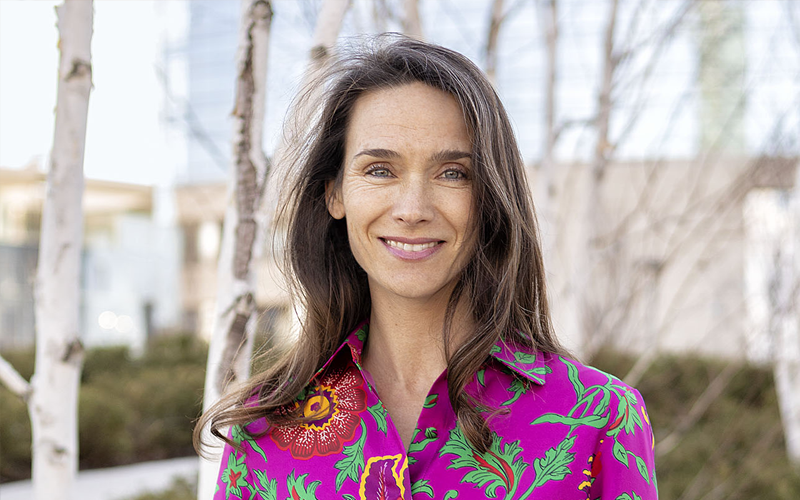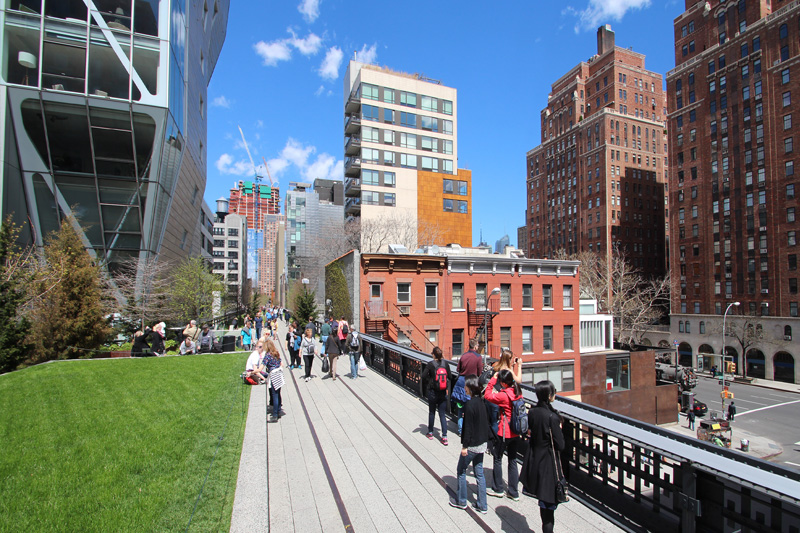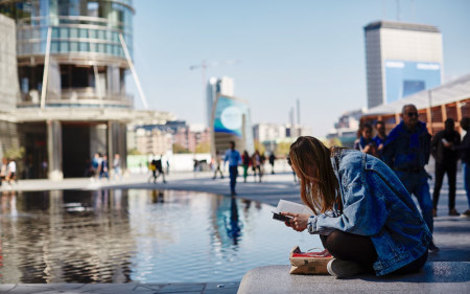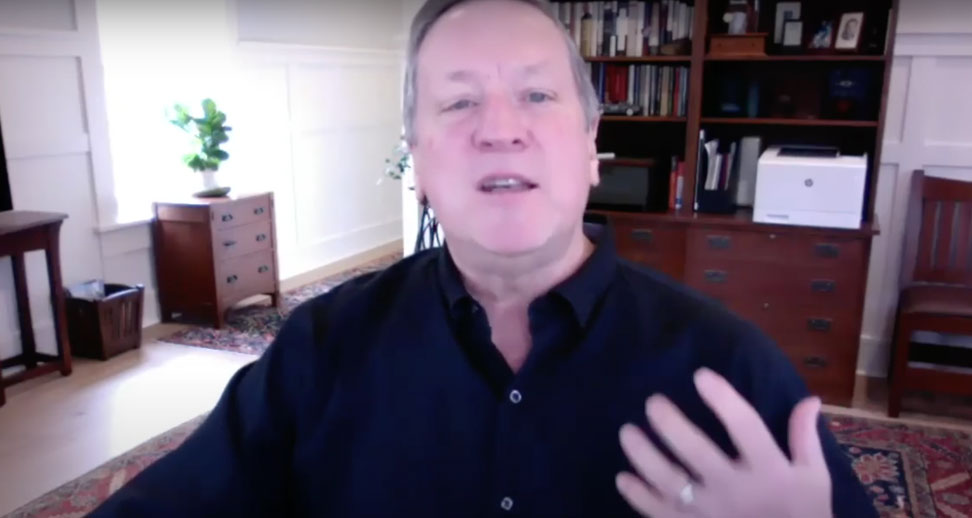COIMA started the process to obtain the “LEED and WELL for Community” certifications for Milan’s Porta Nuova district, which recognizes the environmental, energetic and human sustainability of a development project: Porta Nuova will thus become the world’s first neighborhood redevelopment project to obtain a double certification, therefore improving Milan and Italy’s position among the most advanced of those pursuing leadership in ESG initiatives with a measurable and transparent impact.
The LEED certification, developed by US Green Building Council, analyses the quality of life in urban centres, assessing the sustainability of materials and construction techniques, the carbon footprint of buildings and the use of renewable energy sources.
The WELL Community Standard recognition, granted by the International WELL Building Institute instead, primarily considers the community’s engagement through the activation of public spaces, prioritising health and wellness of inhabitants throughout all the aspects of life in the community.
These two complementary certifications will analyse the social, environmental and economic aspects of the Porta Nuova development by documenting the community’s engagement in creating a district through the activation of public spaces, the creation of an innovative and replicable urban economic model. Both certifications are verified and by awarded by the Green Business Certification Inc. | GBCI, the premier organization independently recognizing excellence in green business industry performance and practice globally.
Let us deepen these themes, which are earning importance also in Italy, with a double interview to the leading exponents of the two organizations, parent of LEED and WELL certifications, who analyse how cities will change after Covid-19: Mahesh Ramanujam, President and CEO of US Green Building Council (USGBC), which developed the LEED voluntary certification program, and Rick Fedrizzi, Chairman & CEO of International WELL Building Institute (IWBI).
Real Estate constitutes a crucial point of contact between various instances belonging to different sectors: the technological and manufacturing field, the materials field, the tertiary sector and social policies.
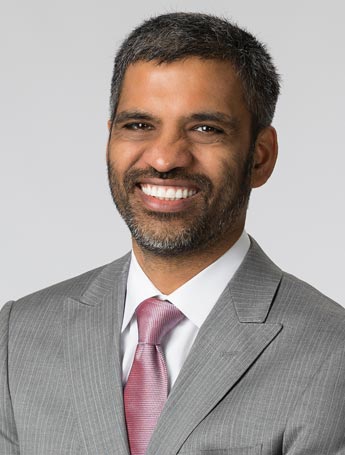
Mahesh Ramanujam is President and CEO of
US Green Building Council
“Activities at US Green Building Council are concentrated on a series of initiatives with a special focus on carbon emissions with an eye toward building net zero and low-impact spaces.” underlines Mahesh Ramanujam. “What has happened around the world during the latest months represents a theme of extreme complexity. And what we are witnessing these weeks, when we are gradually returning to live, is that the world we return to might look nothing like the one we have left behind. But I want to be positive: what lies ahead for the industry is a chance to gather under the common banner of humanity, design a more resilient future and champion a better quality of life for millions of people around the world. To achieve this, in the future green architecture and real estate will need to place even more of an importance on designing for health.”
Rick Fedrizzi puts these considerations in the context of the International WELL Building Institute activities: “Our vision has always been market transformation, and we believe that you can’t improve what you don’t measure. The explosive growth in technology solutions, especially in the area of real time data capture of indoor environmental elements, has accelerated our ability to rapidly improve the quality of our spaces. Continuous monitoring and the ability to make that data transparent and accessible offers important information on key elements of buildings that impact our health. Together with WELL, we have a clear roadmap for how to leverage our buildings as ‘agents of health’.”
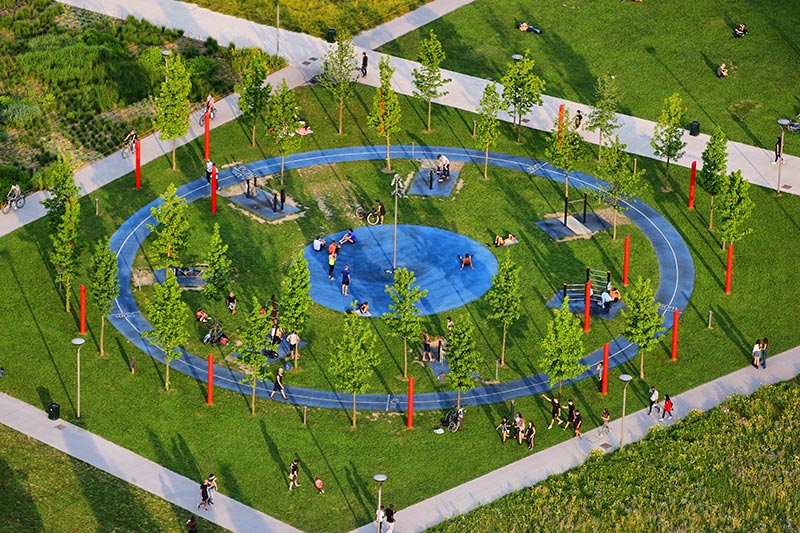
“Nowadays, whereas chronic disease highlights certain environments and behaviors of individuals”, continues Fedrizzi, “infectious diseases like COVID-19 make everyone vulnerable in a neighborhood. The pandemic has increased our awareness of how interconnected we are, both within our communities and between people and planet. Our neighborhoods and public spaces can help foster this much needed interconnectedness.
As many people work remotely or as companies expand satellite locations, we may see increased attention placed on neighborhood real estate and the resources to support local communities, as well as walkability and access to nature through local parks and other outdoor venues that provide opportunities for exercise and social engagement. The prevalence of COVID-19 only reinforces the relevance of our work to adapt WELL for communities. The WELL Community Standard aims to impact individuals not just within the walls of their home or workplace, but throughout the public spaces where they spend their days.”
Mahesh Ramanujam echoes this conclusion: “Green buildings are healthy buildings and now we need to help those outside of this community understand the same and to provide them with additional tools to ensure the safety of our spaces. Because healthy people in healthy buildings equal a healthy economy. The refinement of LEED strategies that we outlined together with other projects, goes exactly in this direction: to clearly communicate the economic, health and environmental benefits of a project to its occupants and the community to which it belongs, and we will begin to see the industry as a whole do the same”.
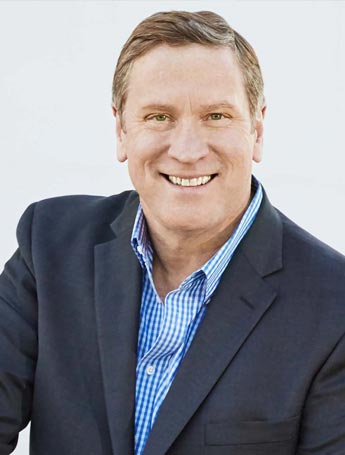
Rick Fedrizzi is Chairman & CEO of
International WELL Bulding Institute (IWBI)
“This is the key topic: people” continues Fedrizzi: “Our buildings always exist in the context of a community and WELL Community offers a vision for how the entire footprint of space can and should interact with the buildings, transit and infrastructure, and most especially with the people. This district scale approach offers a much broader perspective. The major factors are many: the use of green space as connective tissue, the introduction of noise mitigating strategies, form and function considerations. Most importantly, places that bring people together and encourage the important aspects of a human community become crucial.”
In a scenery where people, their lifestyle, needs and necessities are acquiring growing importance also in the real estate sector, the best ally in the field to face these challenges is technology, which has become a real “cornerstone of LEED certification”, as Ramanujam underlines, “making ongoing performance monitoring and verification a praxis for sustainable, healthy buildings. The scope is to help project teams ensure their design, construction and operational strategies are driving expected performance outcomes for a project, which firstly needs to be healthy and able to protect people from risks to health.” For instance, we can think about tools and machines for compulsory sanitisation of ventilation systems, hygienic services and all the shared spaces.
“Additionally, projects are beginning to ramp up their own performance to take a more ambitious role in tackling climate change. As of 2020, more than 100 cities and communities around the world have achieved LEED for Cities or Communities certification, impacting the lives of more than 53 million residents”. The increase of the number of buildings engaged in obtaining the LEED certification is associated with the concurrent growth of WELL, sign that building construction and communities in support of people’s health is increasingly growing in value for companies, tenants and local communities.
Porta Nuova is for both institutes a flagship and a point of reference of a new way to do real estate. “Our aim with the LEED for Cities and Communities certification is to helps local leaders, planners and developers create cities and communities with responsible and sustainable plans. Porta Nuova is a remarkable example of this certification at work, and of the ambitious, idealistic vision of communities that seek to improve the lives of their citizens. With bike paths, pedestrian areas and nearby public transportation, residents are able to move around quickly and efficiently, even without the use of emission-heavy vehicles. Their close location to the Biblioteca degli Alberi park also provides outdoor access, which as we have seen during the world’s response to COVID-19, is a valuable tool for city dwellers’ mental health.” Comments Ramanujam. These views are also shared by Rick Fedrizzi: “Porta Nuova is the first project in Italy to pursue WELL Community Certification, a new development in Milan that is changing the rules of architecture and prioritizing people’s health. COIMA, a company that has always focused on projects that generate the highest standards of sustainability and innovation, is refocusing people’s attention on the city center and offering a more human way of experiencing spaces. We’re excited to welcome COIMA and its Porta Nuova district to the WELL family.”


